Creative Communications
Are You Cur!ous?
Creative Communications
ARE YOU Cur!ous?
Welcome
Welcome to a world where creativity, art direction, and design come alive with purpose, aligning seamlessly with strategic insight and meaningful impact. Here, research meets illustration and storytelling to ignite original expression, nurture curiosity, and celebrate the beauty of the human heart. It’s a space where ideas are born from passion, shaped with care, and shared with warmth, leaving a lasting impression on both the mind and soul.






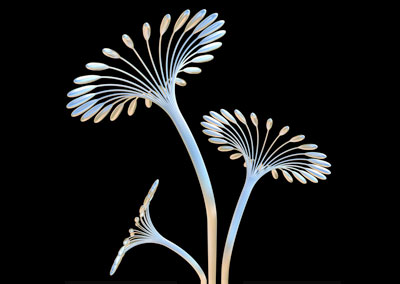

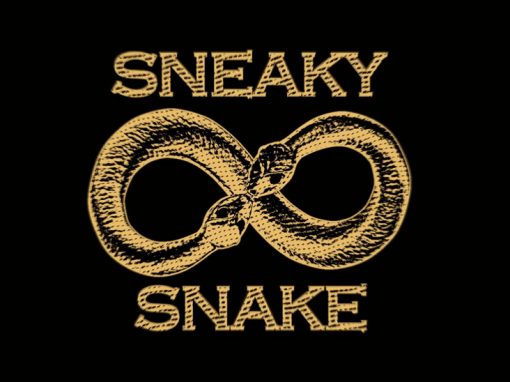



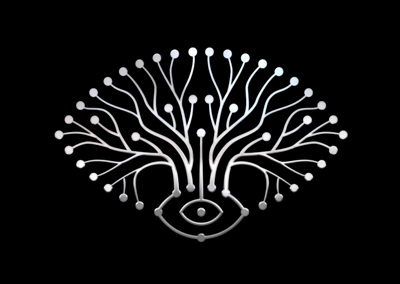




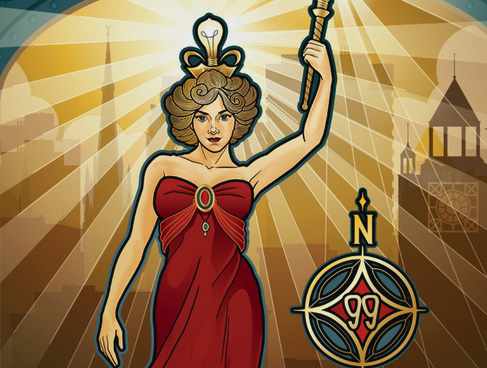


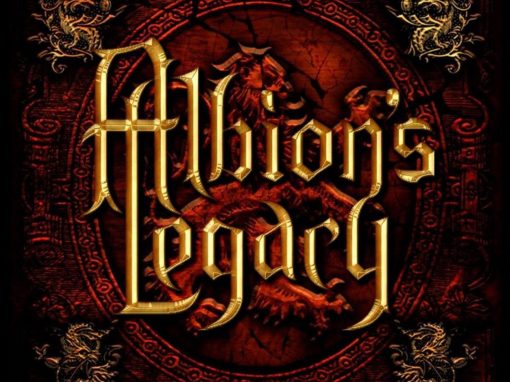


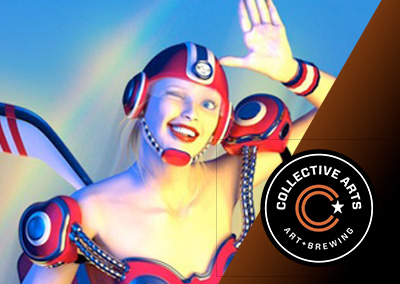




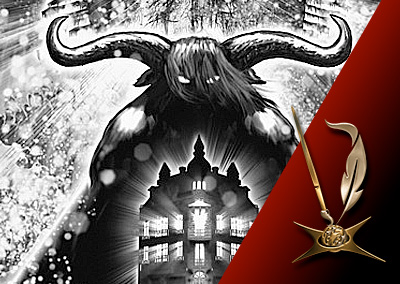
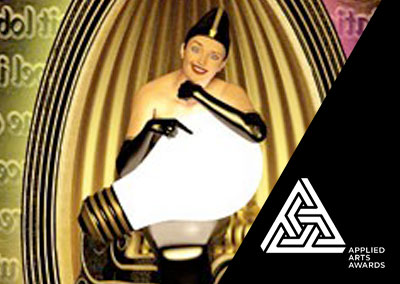




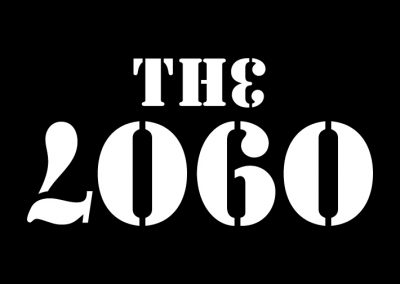


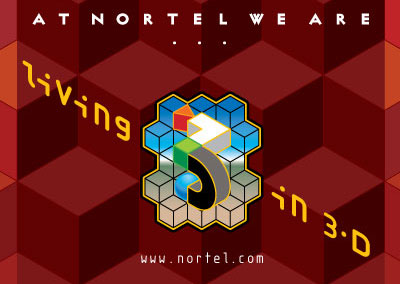

UX IS BRAND
What Is Strategic Creativity?
In today’s business landscape, the idea that “UX is Brand” has emerged as a crucial concept. This principle underscores that user experience (UX) is no longer just part of brand identity but is, in fact, its essence. Through strategic creativity and compelling brand storytelling, every user interaction becomes a reflection of the brand’s vision and core values.
The journey through SEO and e-commerce begins with a brand-first approach to UX, focused on innovative, cohesive ideas that create a seamless experience. Integrating SEO and e-commerce within this framework amplifies engagement and ensures an effortless flow across interactions. This synergy reinforces the value of a holistic approach, enriching the experience for clients and empowering enterprise teams alike.

